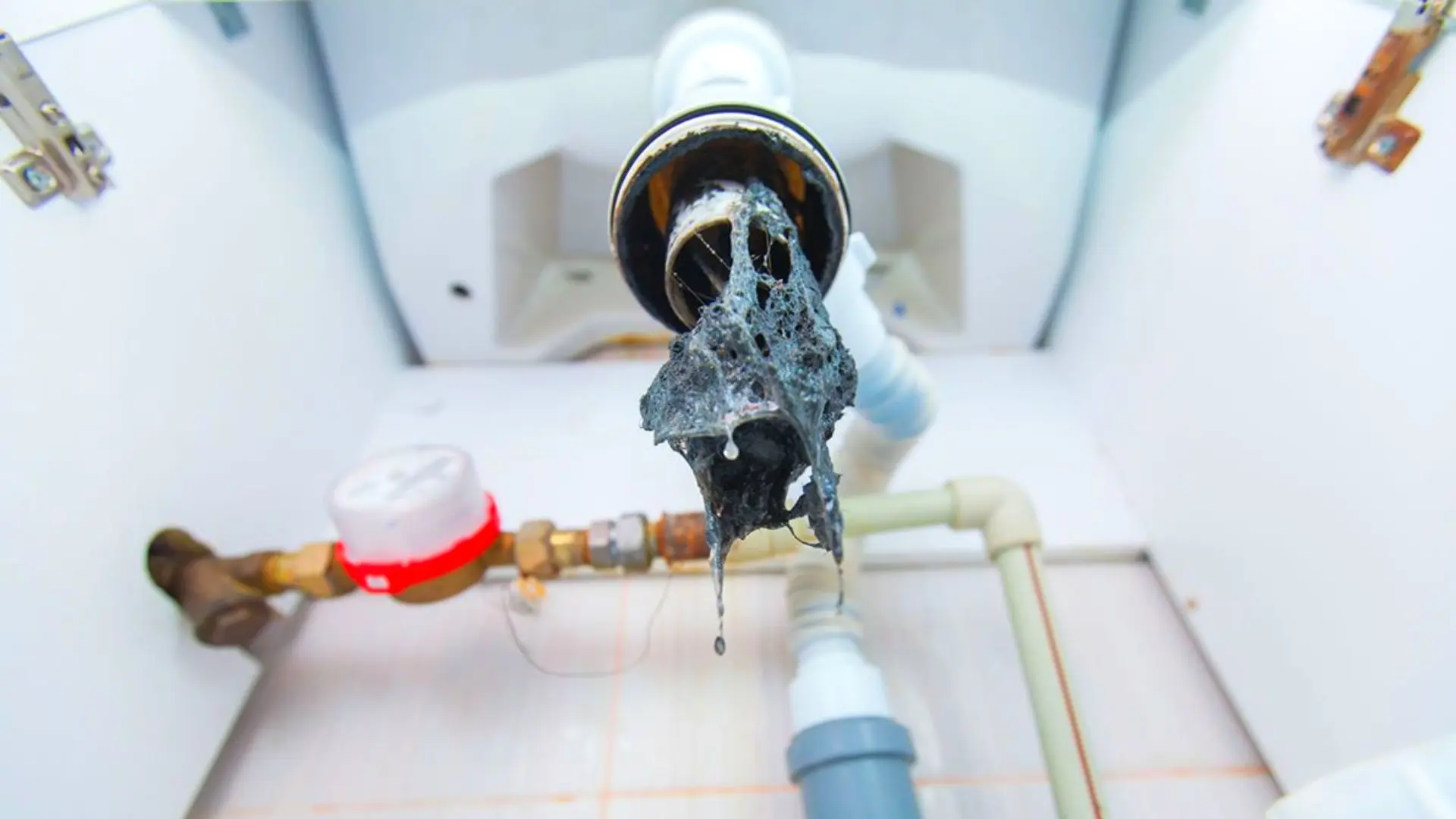Proven Strategies for Addressing Low Water Pressure in Your Home
Proven Strategies for Addressing Low Water Pressure in Your Home
Blog Article
On this page on the next paragraphs you can discover a good deal of good details about 4 Ways to Troubleshoot Low Water Pressure.

Low water stress in your house can be a frustrating problem, affecting every little thing from bathing to washing meals. If you're experiencing weak water flow, there are several possible reasons and options to check out. In this overview, we'll talk about usual reasons for low water stress and functional actions to attend to the issue efficiently.
Introduction to Low Water Stress
Low tide pressure occurs when the flow of water from your taps, showers, and various other components is weak than usual. This can make day-to-day jobs more challenging and less efficient. Comprehending the sources of low tide pressure is crucial to discovering the ideal solution.
Typical Reasons For Low Water Pressure
Faulty Stress Regulators
Stress regulatory authorities are responsible for maintaining consistent water stress in your house. If they malfunction, it can cause low water pressure or unequal flow throughout your house.
Metropolitan Supply Of Water Issues
Often, the problem lies outside your home. Local water supply problems, such as main line leakages or upkeep work, can momentarily reduce water pressure in your area.
Pipe Obstructions
With time, pipes can become blocked with natural resource, debris, or particles, limiting the flow of water. This is a common problem in older homes with galvanized steel pipelines.
Corrosion
Deterioration within pipes can lead to leakages and reduced water pressure. Rust accumulation can constrict water circulation, especially in maturing plumbing systems.
Just How to Diagnose Low Tide Pressure
Examining Pipelines
Inspect visible pipelines for indicators of leakages, rust, or obstructions. Pay attention to any uncommon noises, such as banging or rattling pipes, which might suggest concerns within the plumbing system.
Consulting with a Plumber
If you're unable to pinpoint the reason for low tide pressure, think about employing a professional plumber to carry out a comprehensive inspection. They can recognize underlying concerns and suggest ideal services.
Examining Taps and Components
Start by evaluating the water stress at various taps and fixtures throughout your home. If the problem is separated to certain areas, it might indicate localized troubles.
Do It Yourself Solutions to Take Care Of Low Tide Pressure
Flushing Water Heater
Sediment buildup in the water heater can limit circulation and reduce effectiveness. Flushing the tank periodically helps remove sediment and preserve optimal performance.
Checking Pressure Regulator
Guarantee that the pressure regulatory authority is functioning appropriately. Readjusting or changing the regulatory authority can assist restore proper water stress throughout your home.
Cleaning Aerators and Showerheads
Natural resources can gather in aerators and showerheads, minimizing water circulation. Eliminate and clean up these components regularly to boost water stress.
Clearing Clogs in Pipes
For small clogs, attempt making use of a plumbing snake or chemical drain cleaner to clear obstructions in pipelines. Beware when making use of chemicals and comply with safety and security standards.
When to Call a Specialist Plumber
If do it yourself initiatives fail to fix the concern or if you presume significant plumbing issues, it's ideal to seek aid from an accredited plumber. They have the expertise and devices to resolve complex problems safely and effectively.
Preventive Measures to Keep Water Pressure
Mounting a Pressure Booster
Take into consideration mounting a pressure booster pump to boost water pressure in areas with constantly reduced flow. This can be specifically useful for multi-story homes or residential properties with high-demand components.
Monitoring Water Usage
Be mindful of water use practices and stay clear of ill-using the plumbing system. Straightforward changes, such as astonishing showers and laundry lots, can assist keep adequate water pressure.
Routine Upkeep
Schedule routine upkeep for your plumbing system to prevent problems such as corrosion, leaks, and clogs. Dealing with small troubles early can assist prevent even more significant repair services later on.
Conclusion
Handling low tide pressure can be discouraging, however identifying the underlying causes and carrying out appropriate services can recover ideal circulation throughout your home. Whether it's cleansing aerators, examining pipelines, or seeking advice from a plumber, taking aggressive steps can guarantee a constant supply of water for your day-to-day requirements.
FOUR WAYS TO FIX LOW WATER PRESSURE NOW
Turning on a shower or faucet only to find the water comes out in a sad, slow drizzle is never a good feeling. How exactly are you supposed to wash a pan or take a quick shower when it takes 10 minutes just to rinse off a little soap? The good news is that when your water pressure is bad, there's always a cause: typically one that can be easily fixed. Here are some of the most common causes of low pressure and what you can do to fix the issue:
DEBRIS AND MINERAL DEPOSIT BUILDUPS
If you notice low water pressure from just one or two of the fixtures in your house, the problem likely has to do with debris buildup. Water is full of minerals and other debris, all of which can accumulate in your pipes and on your fixtures. This can cause a blockage that affects how much water flows through. To fix this, try filling a small plastic bag with white vinegar, and use a rubber band to hang it around your showerhead or faucet. Let the head of the fixture soak for a few hours, and the vinegar should loosen the deposits.
WATER LEAKS
Leaks are another common cause of low water pressure. If water is flowing out of your plumbing through a hole or crack before it can reach your fixture, the pressure coming out of the faucet or showerhead will be lower. A plumbing professional is your best bet for finding and repairing a leak in your water supply pipes.
Leaks are another common cause of low water pressure. If water is flowing out of your plumbing through a hole or crack before it can reach your fixture, the pressure coming out of the faucet or showerhead will be lower. A plumbing professional is your best bet for finding and repairing a leak in your water supply pipes.
A VALVE ISSUE
If you have low water pressure throughout your home, check your main shut-off valve to make sure it's completely open. You may also want to see if there's a pressure-reducing valve installed. If there is, have a plumber help you adjust the settings to get the pressure you're looking for.
OTHERS USING WATER
Believe it or not, your low water pressure could be caused by your neighbors. If you notice low pressure at certain times of day, it may be because you and the people living next to you have similar schedules - when everyone is showering at the same time, the pressure will be lower in every home. Low pressure throughout the neighborhood may also be caused by an issue with your municipal water supply. If that's the case, call the supplier to see if they're working on the issue.
https://www.rotorooter.com/blog/water-leaking/low-water-pressure-fixes/

Do you enjoy reading about ? Give feedback further down. We will be delighted to see your opinions about this page. We are looking forward to see you back again later on. Make sure you set aside a second to share this post if you enjoyed reading it. Thank you for being here. Kindly check up our website back soon.
Request An Appointment Report this page